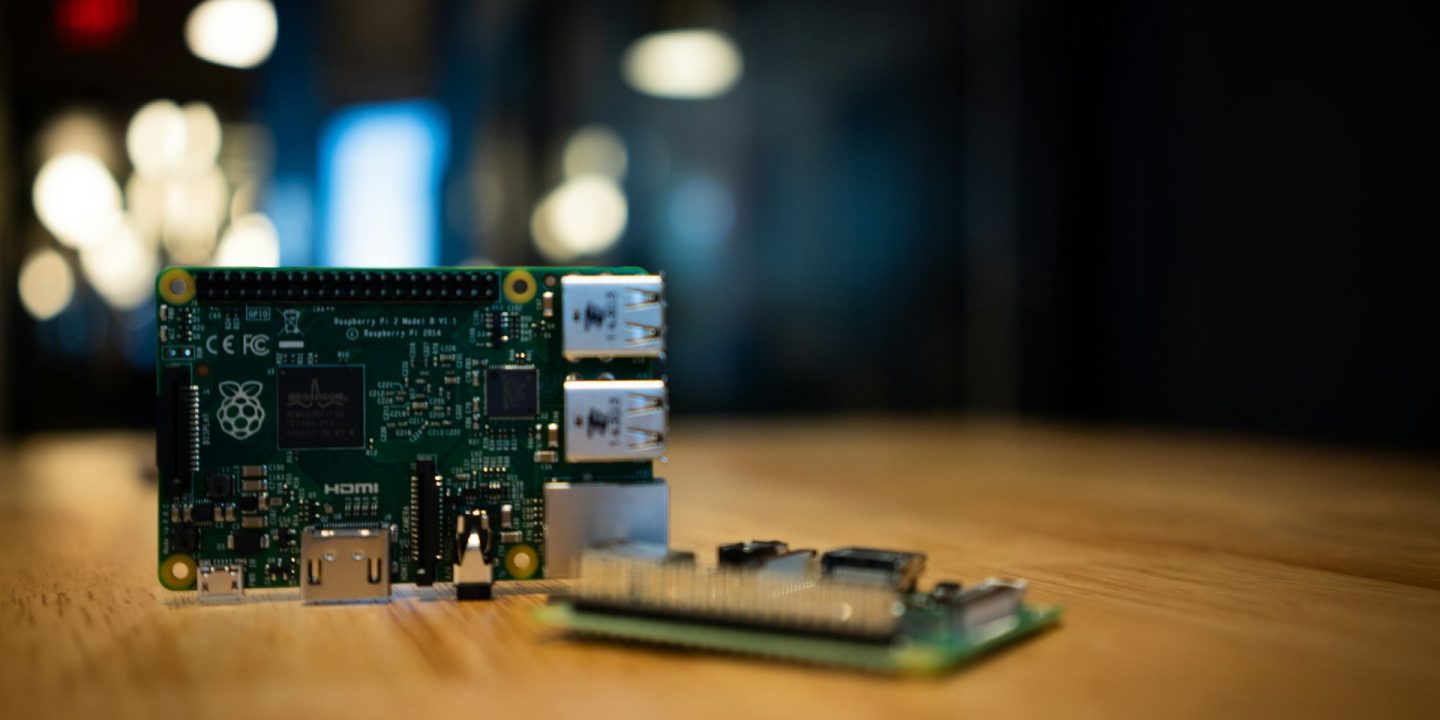
Single-board computers (SBCs) have been a game-changer for tech enthusiasts and DIYers looking for compact yet powerful solutions for their projects. While many SBC models offer unique features, the Raspberry Pi family continues to dominate the scene—so much so that the term “Raspberry Pi” has become synonymous with SBCs.
Despite some shortcomings that might tempt users to explore alternatives, Raspberry Pi boards still bring a wealth of advantages that enhance their usability. Here’s why Raspberry Pi remains a leader in the SBC industry.
1. Best Value for Money on Low-End Models
The Zero 2 W is an unbeatable deal at just $15
One of the biggest criticisms of the newer Raspberry Pi models is their aging hardware and outdated specifications. However, the story is completely different when it comes to the Raspberry Pi Zero series. While it’s not a performance beast, the Zero 2 W stands out as the most feature-packed SBC in the sub-$20 category.
For instance, this tiny board can run a variety of operating systems, from lightweight Debian-based distributions like DietPi and Raspberry Pi OS to specialized ones like RetroPie for gaming and LibreELEC for media streaming. Another major advantage is software compatibility—most applications work seamlessly on Raspberry Pi OS, eliminating the hassle of software conflicts.
If you’re into automation projects, the Zero 2 W can be customized further by soldering GPIO headers, allowing you to connect sensors, motors, and other modules. For just $15, it’s a fantastic deal.
2. Extensive First-Party Documentation and Learning Resources
A treasure trove for beginners and experts alike
One of Raspberry Pi’s greatest strengths is its vast and detailed documentation. Unlike many other SBC manufacturers that provide minimal instructions, the Raspberry Pi Foundation goes the extra mile. Their official website offers everything from beginner-friendly guides with illustrations to advanced schematics and even 3D models of each Raspberry Pi version.
In contrast, many SBC competitors provide vague or outdated explanations, making even the simplest tutorials frustrating. Having tested several SBCs over the years, it’s clear that none can match the Raspberry Pi in terms of high-quality learning resources.
3. A Wide Range of Accessories That Expand Its Capabilities
From official peripherals to third-party add-ons
The Raspberry Pi Foundation releases a variety of first-party accessories, some of which—like the Touch Display 2—are hit-or-miss. However, what truly makes the Raspberry Pi ecosystem stand out is the massive selection of third-party accessories.
From protective cases, cooling solutions, and displays to an extensive range of camera modules, the options are endless. Whether you need an affordable camera module or a premium one with swappable lenses, there’s a solution available.
Additionally, the Hardware Attached on Top (HAT) ecosystem makes it easy to expand Raspberry Pi’s functionality. Whether you’re adding AI capabilities, extra sensors, or custom expansion boards, the vast accessory market ensures your Raspberry Pi can do just about anything.
4. Massive Community Support and Endless Project Ideas
New Raspberry Pi projects pop up every day
Originally designed to introduce students to computing, the Raspberry Pi has evolved into a powerhouse for coding, tinkering, and hacking. Over the years, a thriving community of developers, makers, and hobbyists has emerged, continuously sharing new and exciting projects.
Whether it’s building a weather station that integrates with a smart home hub or running a Proxmox server on a Raspberry Pi, the sheer number of project ideas is staggering. The support from forums, blogs, and YouTube channels ensures that if you ever get stuck, help is just a search away.
To Pi or Not to Pi?
While the Raspberry Pi has many advantages, it’s not without its flaws. Apart from the Zero series, most Raspberry Pi models feature underpowered hardware at relatively high prices. If you’re an experienced tinkerer, you might find competing SBCs with better specs at similar price points.
Additionally, while Raspberry Pi used to have the best software compatibility, newer x86-based SBCs like the Radxa X4 now support a wider range of operating systems and software packages. And let’s not forget the ongoing supply chain issues that have plagued Raspberry Pi availability for years.
Despite these concerns, Raspberry Pi remains at the forefront of the SBC market. However, if the Raspberry Pi Foundation doesn’t address these challenges in future models, other manufacturers might catch up—especially if they improve their documentation and accessory support.
For now, though, Raspberry Pi continues to reign supreme in the SBC world, offering an unmatched combination of affordability, versatility, and community-driven innovation.
Photo by Jeff Loucks on Unsplash









